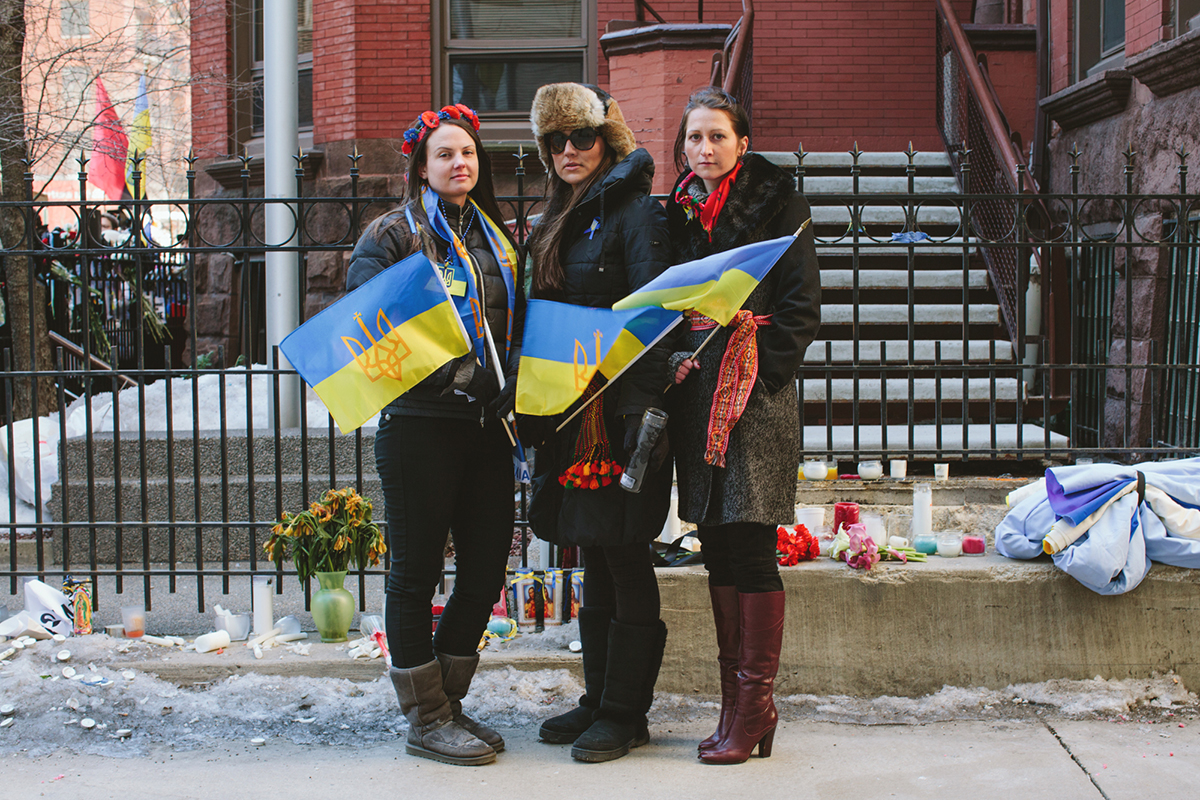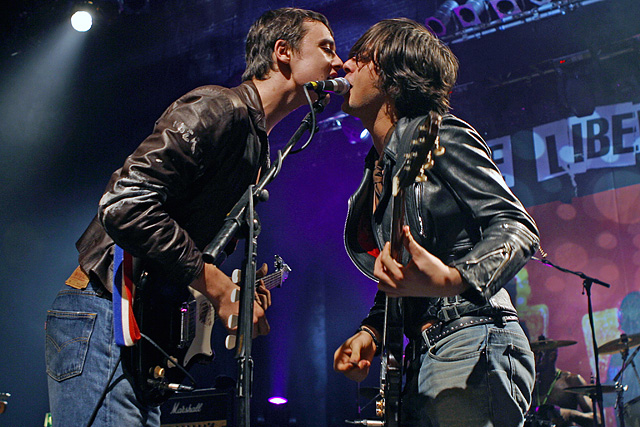Rory Phillips recently posted a Guardian article about Cerrone, so I dug this out to share.
Thirty, but still flirty
It’s time to give Cerrone’s disco originals another spin. By John Dugan
The music of disco pioneer Giorgio Moroder has gotten a thorough reappraisal in recent years, but another influential producer, France’s Cerrone (Jean-Marc Cerrone), has been a bit neglected. Which is strange, because Cerrone is far from obscure: He sold more than 3 million copies worldwide of his raunchy 1976 debut, Love in C Minor, and DJs and artists of many stripes still hold his penultimate album, Cerrone 3, in high regard. You’ve probably heard more Cerrone than you think: His recordings are heavily sampled by everyone from Daft Punk to Lionel Richie. On the 30th anniversary of his breakout year, five albums by Cerrone get the royal treatment with CD reissues and a vinyl box set on the Malligator/Recall label. Also this month on Recall, Cerrone by Bob Sinclar—a 2001 million-seller mix-CD—finally reaches the States.
We recently gave Cerrone a ring while the drummer, composer and singer was passing through New York. When not touring, he’s planning a huge dance party for next October in New York’s Central Park (www.nydanceparty.net) featuring his and Nile Rodgers’s bands playing live to 70,000 dancing people. He hints that he may bring the Chic/Cerrone tour to Chicago sometime thereafter—all part of his efforts to make dance music a live experience. “That’s why I do this business: to play, not to be an engineer or a DJ and play the music of someone else,” Cerrone says in a thick accent. “The emotion come[s] from the body and specifically the drummer.”
“I don’t make music for radio, I make it
for myself and the discotheque.”
His music career started one Christmas, when the fidgety 12-year-old Parisian got a real drum kit from his mother. As a teen, he convinced Gilbert Trigano, the devout communist who ran Club Med, to hire him to put together bands to play at the resorts. For four and a half years, Cerrone booked some 40 funky rock bands at the Club Med “villages” in Italy, Spain and elsewhere. It was a big learning experience, evidently. “It was also the beginning of a sex life, because trust me, at the beginning of Club Med, that was really something,” he remembers. “A lot of people ask me questions about [Studio] 54 and how fun that was. Trust me, the Club Med was stronger. You can’t imagine.” His band the Kongas held residency at St. Tropez and penetrated ’70s New York with “Anikana-O.” Cerrone picked the best bassists and keyboard circuit for himself.
When he recorded a 16-minute song for his first LP, it was designed for a purpose the biz had yet to envision. “If you go back to that time, all major companies, all radio look at me like a strange guy coming in from the moon. And everybody said to me, ‘How can we play 16 minutes on the radio?’ My answer was always, ‘I don’t make the music for the radio, I make it for myself and then for the discotheque.’” Moroder had hit gold a few months earlier with Donna Summer, and Cerrone’s debut joined disco’s first wave of smashes in ’76.
In August of ’77, Cerrone unpacked his first synth. “We started to find a few sounds that were so strange. So I play the drums with the synthesizer live.” The result, “Supernature,” is a disco landmark, and a punk one. Friend Lene Lovich contributed sci-fi–inspired lyrics for Cerrone 3 and loads of other Cerrone releases.
The reissues sport the original scandalous album art—think a naked woman on top of a refrigerator. “At that time, about ’75, [we got] the pills for the girls not to get the baby,” he says. “You don’t imagine what kind of a revolution [it was]. So when you produce music for the discotheque, you try to find sex. It was logic to get a girl on the front of the sleeve.”
It’s also logical that he makes a nice euro from sample publishing. “I don’t think it’s bad for me to ask for so much,” he says. “That kind of music needs a real atmosphere, otherwise you’ve fucked up.”
Cerrone by Bob Sinclar and CD reissues of Cerrone’s first five albums are out Tuesday 14 on Recall Records.
November 9, 2006









